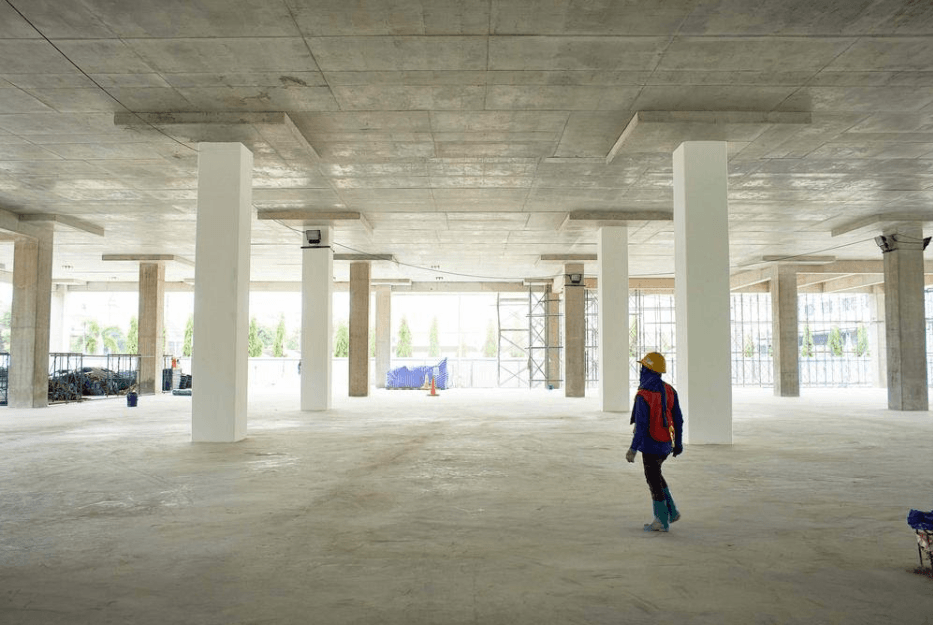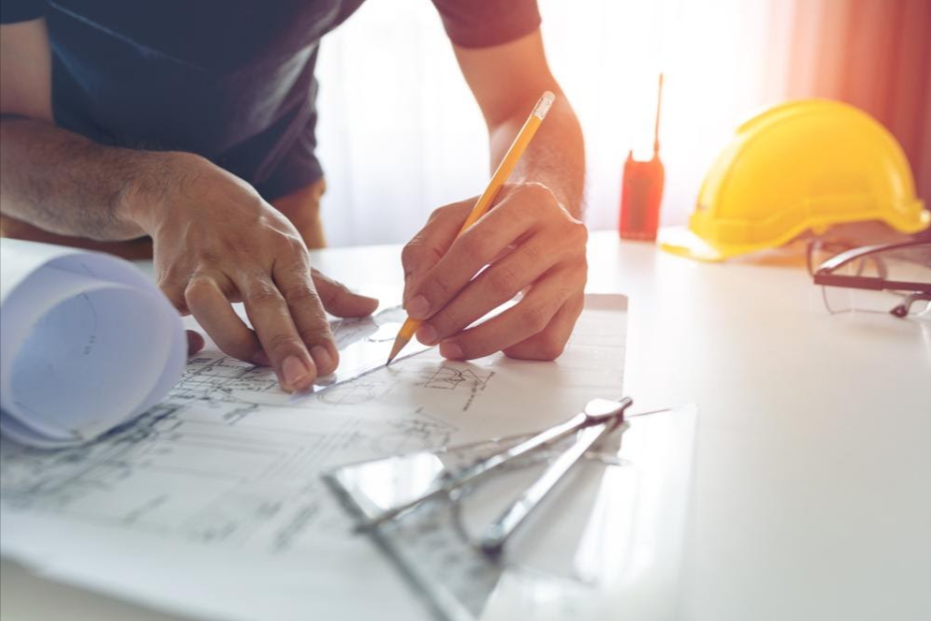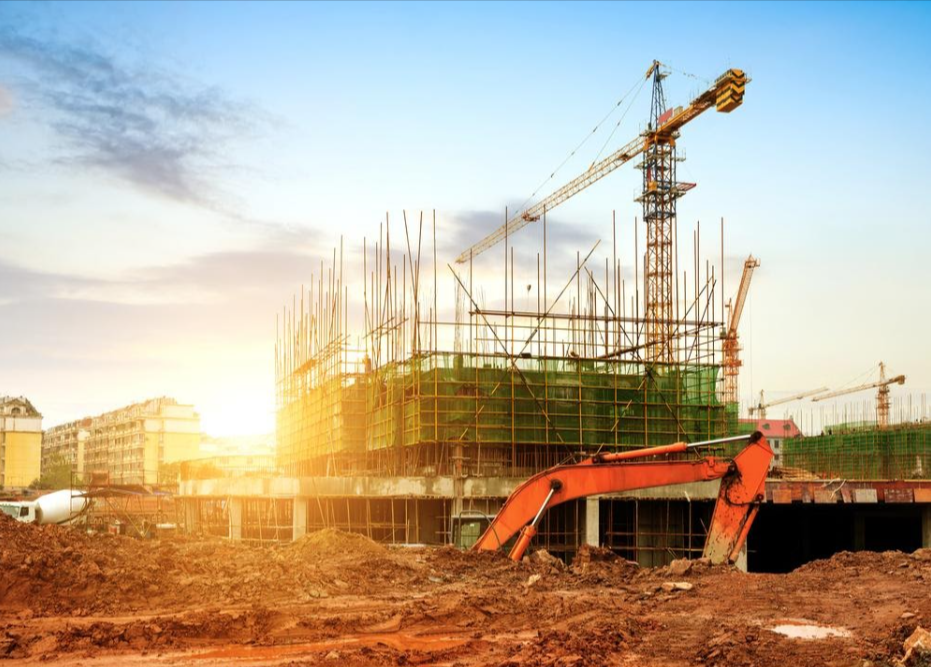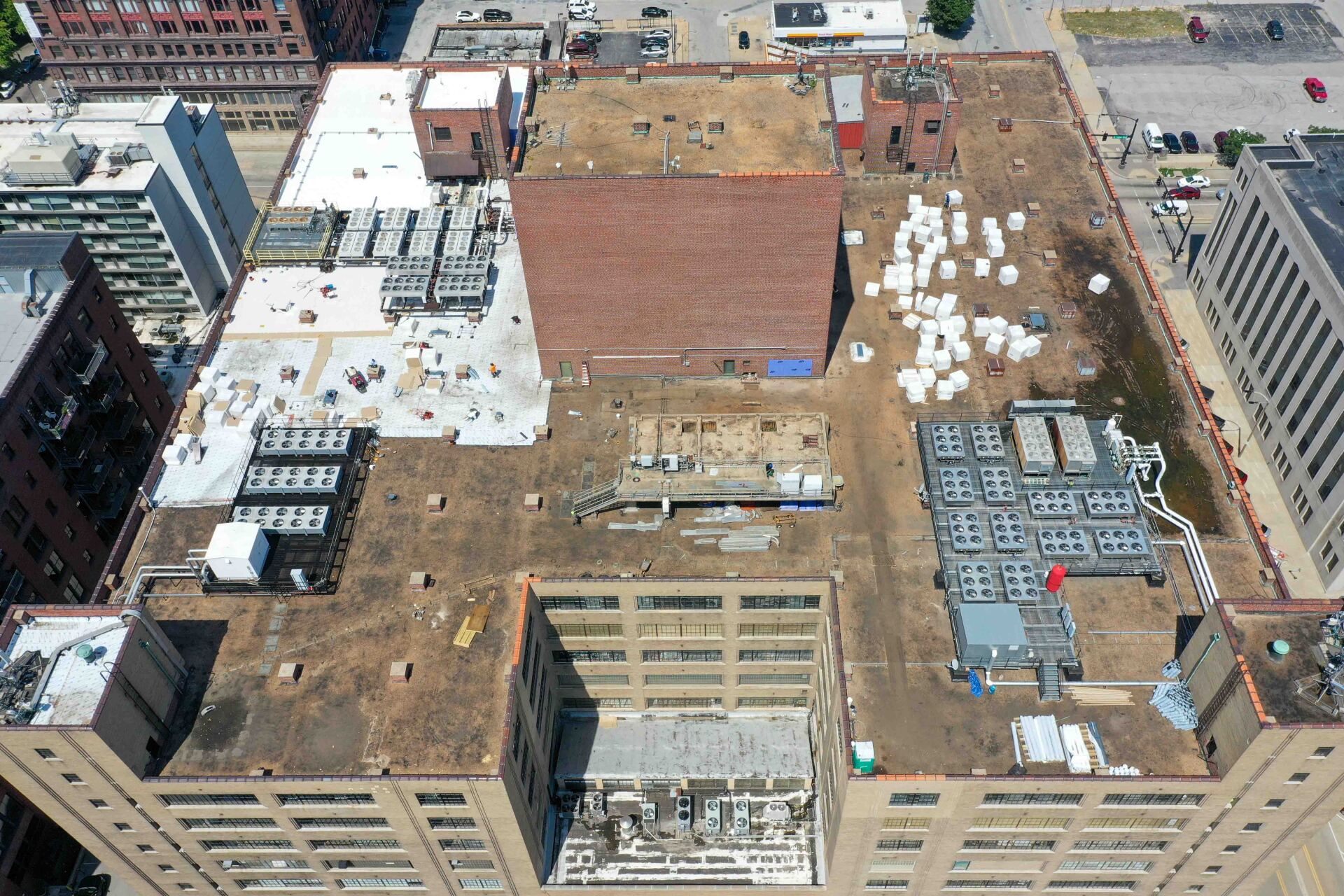Understanding The Commercial Construction Process

As a stakeholder in a commercial construction project, it’s important to have a comprehensive understanding of what the process entails. Knowing the ins and outs of what it takes to create reality from a vision helps to ensure that challenges are navigated easily along the way.
Stage One: Planning And Development
Location, location, location: When it comes to real estate, location is the first and possibly most important decision to make when planning a commercial construction project. These are a few factors to take into consideration when choosing a location:
Access for clients and employees and proximity to neighboring businesses- Zoning allowances or restrictions for use of the newly constructed property
- Infrastructure support in the area surrounding the new job site to ensure traffic convenience
- Environmental testing and protection for building and post-construction
- Survey of the property to have a better understanding of easements
Stage Two: Pre-Design
This is the stage of the commercial construction property where you should partner with a contractor that can follow the project from start to finish. Do your research to find a commercial construction team that can submit bids for you, collect estimations, and tap into a network of qualified, experienced subcontractors. Doing this helps offer stakeholders peace of mind that the workflow will be streamlined, and sets a sturdy foundation for the remaining stages of the project.
Stage Three: Design
This stage is like a meeting of the minds of all the team members and stakeholders involved in the construction project. The end result of this phase produces full specs with costs and timelines which will be used by construction professionals to finish the project. Besides the architect and the builder, these are the professionals involved in the design phase:
Structural Engineers- Mechanical Engineers
- Electrical Engineers
- Civil Engineer
- Threshold Inspector
Stage Four: Pre-Construction
This stage is nearly as important as the actual construction of your commercial project. Building permits need to be obtained -- plans are submitted to the building department, which will then issue a permit. The next step is obtaining the proper insurance policies to keep the jobsite safe, including builders’ risk and workers’ comp coverage. Next, bid proposals from vendors will be collected and a construction team will be assembled — that consists of a project manager and other key team members that will keep work on track and on budget. Once those steps are taken, construction materials and services are proceeded and procured.
Stage Five: Construction
Before building can begin, the worksite must be prepped to support the project:
Use building code to implement drainage- Excavate site and lay utilities
- Arrange power, water, and sanitation networks
- Remove vegetation on the building site
- Create temporary storage on-site for materials and tools
- Begin structural, building code, utilities, HVAC, and electrical inspections
From there, the foundation is built and major systems are added before the exterior, interior, and landscaping are finished to spec.
Stage Six: Post-Construction
After construction is complete, contractors and stakeholders perform a walk-through, making a list of any issues that need to be addressed before the project can finally be considered fully complete contractually. Once those tasks are finished, the building secures a Substantial Completion certificate and completes a final inspection.
Because commercial construction projects involve plenty of moving parts, it’s crucial for stakeholders to fully understand how each phase contributes to the overall success of the finished property. Choose to work with a commercial construction contractor that is prepared to tackle so many of the challenges involved. This, in turn, saves you valuable time and money.
Wright Building Systems may have only been around since 2018 but don’t be fooled by that number. The project manager has been an experienced journeyman union carpenter for over 20 years, managing jobs both big and small.
We are a proud, family-owned company whose employees all share one thing: the passion to deliver quality and profitable projects on time and on budget. Through hard work and determination, we have built a reputation for being the contractor of choice for value-minded clients who want the job done right the first time.
We are highly experienced in all aspects of a build: estimation, construction, project management, preconstruction services, and construction and can bring any project from idea to completion at a fair price and a reasonable timeframe.
For a job done right, call Wright Building Systems!





